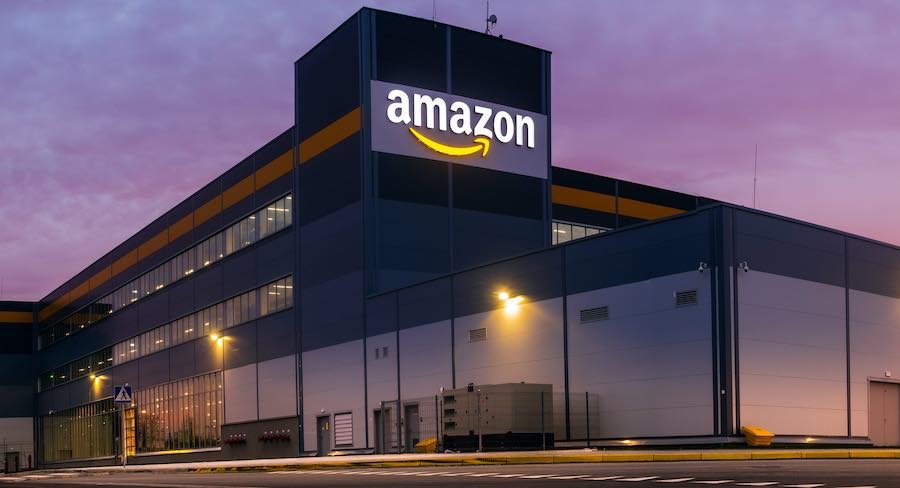
The Federal Trade Commission has reached a historic $2.5 billion settlement with Amazon over claims that the tech giant tricked millions of users into signing up for Prime subscriptions and deliberately made cancellations excessively difficult.
The settlement includes a $1 billion civil penalty and $1.5 billion in consumer refunds, marking the largest-ever civil penalty for an FTC rule violation and the second-highest restitution award in the agency’s history. The FTC accused Amazon of systematically enrolling users into Prime without their informed consent and erecting barriers to deter cancellation, in violation of the FTC Act and the Restore Online Shoppers’ Confidence Act (ROSCA).
The agency also named two Amazon executives, Neil Lindsay (Senior Vice President) and Jamil Ghani (Vice President), as personally involved in the scheme. Internal company documents obtained during the investigation revealed that Amazon leadership was aware of the manipulative tactics, with internal commentary describing subscription-driving tactics as “shady” and referring to deceptive enrollment flows as “an unspoken cancer.”
According to the FTC’s complaint, Amazon crafted intentionally misleading user interfaces that nudged or coerced consumers into Prime enrollment. In many cases, the process lacked a clear opt-out mechanism, or displayed opt-out options with discouraging language such as buttons labeled “No, I don’t want Free Shipping” instead of a straightforward decline option. Once enrolled, users found it difficult to leave the service, facing a convoluted and time-consuming cancellation process that contradicted Amazon’s obligation to offer simple cancellation options under ROSCA.
Amazon.com, Inc., the world’s largest online retailer, boasts over 200 million Prime subscribers globally. Prime is one of its most lucrative consumer services, offering benefits such as expedited shipping, video streaming, and exclusive deals for a monthly or annual fee. Subscription revenue from Prime represents a significant portion of Amazon’s earnings, contributing billions of dollars annually to its bottom line.
Under the terms of the settlement, Amazon must:
- Add a clearly labeled button that allows users to decline Prime enrollment, without using manipulative language.
- Fully disclose all relevant terms of Prime before users enroll, including pricing, renewal frequency, and how to cancel.
- Ensure that cancellation is as easy as enrollment, using the same method (e.g., online, mobile) and without unnecessary hurdles.
- Fund an independent, third-party monitor to oversee the distribution of consumer refunds.
The FTC’s unanimous 3-0 vote to approve the settlement sends a clear signal to the broader tech industry that dark patterns and deceptive subscription traps will no longer be tolerated.
This is not the first time Amazon has found itself in regulatory crosshairs. In 2023, the FTC and the Department of Justice sought a $30 million penalty over privacy violations related to Amazon’s Ring smart home subsidiary. The agencies alleged that Ring violated the Children’s Online Privacy Protection Act (COPPA) by retaining sensitive voice and geolocation data despite parental deletion requests. The complaint also described troubling internal practices, including employees and contractors accessing private user videos without consent, and Amazon failing to implement basic access controls.







Meh. These fines are nothing but optics. The fines are always passed onto the customers and stakeholders. The masses will soon forget. In fact, I never heard about this judgement until I came to this site.
Without mandatory jail time for the CEOs, fines against business including corporations are meaningless.
This just happened to me last night with an Amazon order. I ordered 2 items, both said free shipping as the total was well over the 35 dollar free shipping minimum. When I went to checkout it was showing a shipping charge. I didn’t know why so I clicked on the shipping choice that said free 2 day shipping with a Prime Membership. I DID NOT submit to advance to the next page, I did this to see if the shipping charge would change and than update when I clicked back on the free shipping choice. I was still on the choose your shipping page and than suddenly I’m taken to a page saying congratulations I had just signed up for a Prime Membership, I than heard by phone sms alert go off indicating a credit card charge just triggered. Sure enough a credit charge for a Prime membership had gone through. I was shocked, there was no warning, no submitting on my part and I was mad because I did not want a Prime Membership. It than took me around 10 minutes to figure out how to cancel it. Very sleezy and sneaky little trick by Amazon to get you to unwillingly, accidentally sign up.